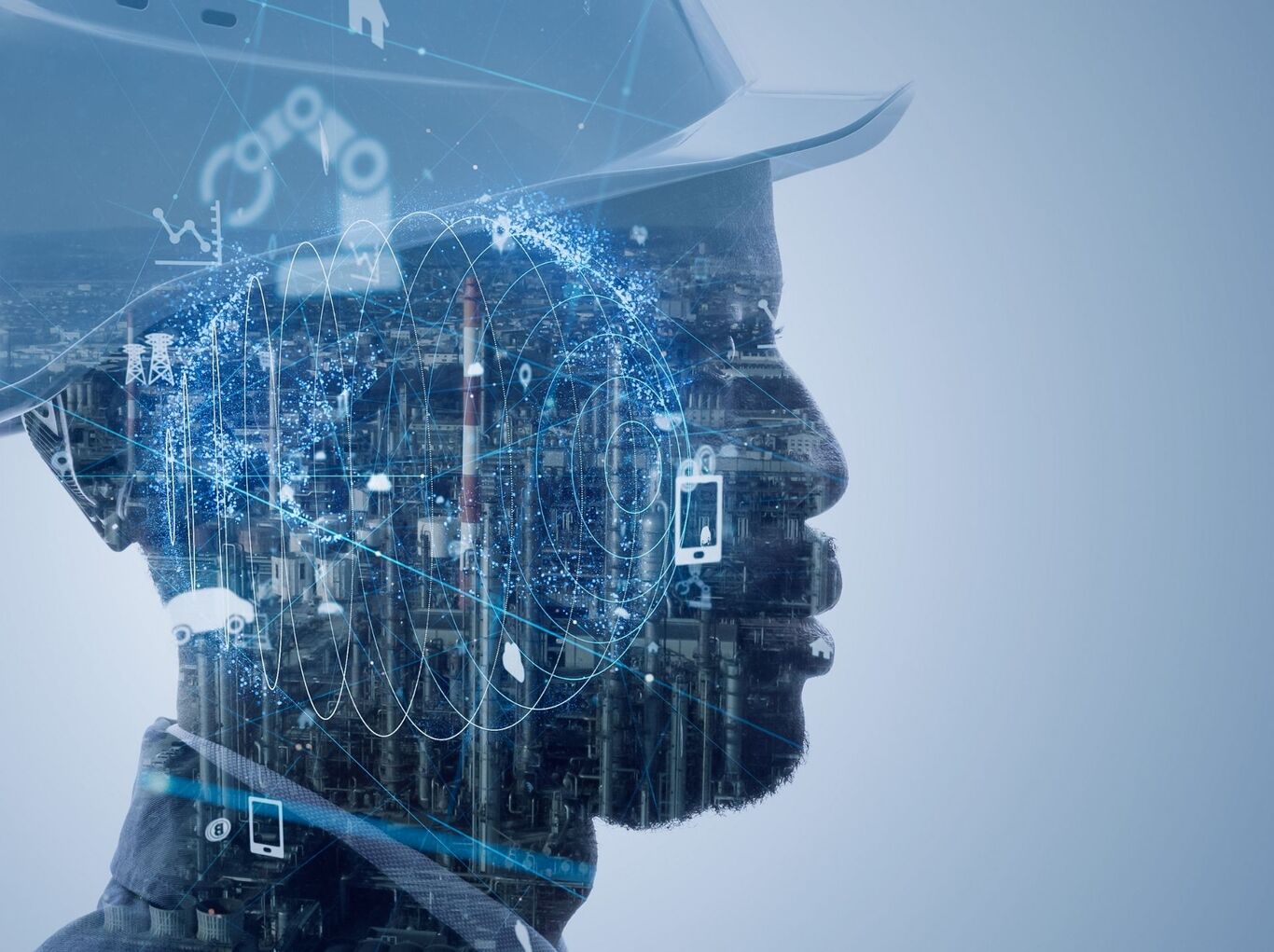Explore the Technology Behind Successful Peer to Peer Platforms

Peer to peer (P2P) platforms have transformed how we interact, trade, and lend. These platforms remove the need for intermediaries, making transactions smoother and often cheaper. But what exactly powers these systems, allowing millions of users to connect and exchange seamlessly?
This blog will explore the core technologies behind successful peer to peer platforms and how they make the P2P business model thrive.
Let’s break down the tech that fuels these digital ecosystems and examine how it improves user experiences.
Key Technologies Driving Peer to Peer Platforms
Successful peer to peer lending platforms rely on a combination of advanced technology to run smoothly. Here are the core components that help them work:
1. Blockchain Technology
Blockchain is one of the main technologies used in peer to peer platforms today. Originally used for cryptocurrency, it helps keep transactions secure and transparent. Blockchain works without a central authority, making it perfect for systems where trust is important.
Transparency
Blockchain stores every transaction in a public record that all users can see. It means everyone knows what’s happening, which reduces the chances of fraud. When people can see every transaction, it builds trust and makes users feel safe.
Security
Blockchain integration technology uses strong encryption, making it nearly impossible to change transaction data after it's recorded. This level of security is important for peer to peer lending platforms, where large amounts of money are involved. Users know their financial data is safe.
Examples
- BitTorrent
BitTorrent uses blockchain technology to securely share files between users. It allows people to send and receive data without a central server, keeping things fast and safe.
- Uniswap
Uniswap is a platform for trading cryptocurrencies. It uses blockchain to make transactions between users. This ensures transparency and removes the need for middlemen. Every trade is recorded securely on the blockchain.
2. Artificial Intelligence (AI)
AI is a key technology for improving how peer to peer platforms work. It can process large amounts of data and make decisions that help users interact with ease.
AI makes processes faster, safer, and more personalised.
Fraud Detection
AI can spot suspicious activity. It monitors transactions and flags anything unusual, helping stop fraud before it happens. On peer to peer lending platforms, this is important to protect users’ money and ensure safe transactions.
Personalisation
AI trends help recommend products and services based on what users like.
For example, if you buy certain items on a peer to peer marketplace, AI can suggest similar products. It makes the experience more enjoyable and relevant to each user.
Examples
- LendingClub
LendingClub uses AI to analyse borrowers’ credit data. It helps decide who is eligible for loans, reducing risks for borrowers and lenders. AI also checks for any unusual activities that could be fraudulent, protecting users.
- Airbnb
Airbnb uses AI to personalise listings for each user. Based on your past searches, AI recommends properties that match your preferences. It helps users find what they are looking for, improving their overall experience.
3. Secure Payment Systems
Payment systems are a crucial part of peer to peer platforms. Users need to know that their financial transactions are safe and reliable. Secure payment systems help ensure that money can be transferred smoothly between users.
Multi-Currency Support
Many peer to peer platforms operate internationally, so users need to pay in different currencies. Payment systems help convert currencies and handle payments without complications. It makes it easier for users from different countries to trade or exchange money.
Instant Transfers
Today’s users expect fast payments. Platforms with instant transfer options keep users happy by ensuring they get their money instantly. It is important in P2P models, where users often need quick payment processing.
Examples
- PayPal
PayPal is widely used for secure online payments. Many peer to peer platforms integrate PayPal to allow fast and safe transactions between users. It supports several currencies, making it easy for users to trade with each other.
- Venmo
Venmo, owned by PayPal, allows users to transfer money instantly. It’s popular for personal payments, like splitting bills with friends. The fast and secure nature of Venmo makes it ideal for peer to peer platforms where users need quick, hassle-free payments.
How Technology Enhances Peer to Peer Platforms
Technology plays a huge role in improving how peer to peer platforms work. It makes them more secure, efficient, and accessible.
Let’s dive into how these technologies improve the experience:
Enhanced User Trust
Blockchain and AI come together to create a safer environment for users. Blockchain ensures that all transactions are transparent and visible to everyone. At the same time, AI detects any suspicious activities, helping to prevent fraud.
This combination builds trust for users who want to feel safe when trading or lending money on peer to peer platforms.
Efficient Matching and Personalisation
AI makes it easier for peer to peer platforms to match users with what they need. Whether connecting a borrower with the right lender or helping a buyer find the perfect product, AI makes the process faster and more accurate.
It means users spend less time searching and more time getting what they want. AI also personalises recommendations, making the platform more enjoyable to use.
Global Accessibility
Blockchain and secure payment systems break down borders, allowing peer to peer platforms to operate worldwide. With multi-currency support, users from different countries can trade, lend, or transfer money.
Decentralised technology also reduces the need for intermediaries. This cuts costs and makes the process smoother. It opens up a world of opportunities for users everywhere.
3 Popular Peer to Peer Platforms
Let’s explore how some of the most successful peer to peer lending platforms are using technology to boost growth and improve user experiences.
These platforms have integrated advanced tech to meet the needs of both users and the platform itself.
1. BlaBlaCar
BlaBlaCar is a ride-sharing platform that connects drivers with empty seats to passengers heading in the same direction.
The platform uses AI to match drivers and passengers based on travel preferences, routes, and user ratings. It also uses blockchain technology to ensure secure and transparent payments between users.
How it Works
- AI Matching
BlaBlaCar’s AI system finds the best match between drivers and passengers. It takes into account location, timing, and even preferences like how much the passenger likes to chat (hence the name BlaBla).
- Trust and Safety
The platform builds trust through user ratings, verified profiles, and secure payments. These features create a safe environment where users feel comfortable sharing rides with strangers.
2. Etsy
Etsy is a peer to peer marketplace that allows individual sellers to showcase and sell their handmade or vintage products to a global audience.
Etsy uses AI to personalise the shopping experience. It recommends products based on user preferences and search history. It also provides a secure payment system that supports multiple currencies. This makes it easy for buyers and sellers from different countries to transact.
How it Works
- Personalised Recommendations
Etsy’s AI engine suggests products to buyers based on what they’ve searched for or bought earlier. It boosts sales by showing users exactly what they’re interested in.
- Global Reach with Secure Payments
Etsy supports sellers worldwide, using secure payment systems that handle multiple currencies. It helps small businesses expand their customer base globally without any barriers.
3. Vinted
Vinted is a peer to peer platform for buying, selling, and exchanging second-hand fashion items. It uses AI to streamline the buying and selling process by recommending items based on user preferences.
Vinted also uses secure payment gateways to ensure safe transactions between buyers and sellers.
How it Works
- Smart Search and Suggestions
Vinted’s AI technology helps users find the best deals by recommending clothes that match their style and budget. It helps users discover products that might not be on their radar otherwise.
- Secure Payments
Vinted provides a secure payment system where buyers' payments are held until the item is shipped and received. It builds trust between buyers and sellers, ensuring smooth transactions.
Wrapping Up
The success of peer to peer platforms lies in the seamless integration of technologies like blockchain, AI, and secure payment systems. These technologies help overcome traditional challenges like trust, security, and scalability.
As digital transformation accelerates, the P2P model will play a vital role in reshaping how we connect, trade, and collaborate globally.
Take the next step in scaling your business with GrowthJockey. Let’s create strategies that drive real results together. Reach out today, and let’s start growing!
Peer to Peer Platform FAQs
1. How does digital transformation help build trust in peer to peer lending platforms?
Digital transformation makes peer to peer lending platforms safer by using blockchain and AI. Blockchain keeps transactions clear and safe, and AI stops fraud. It helps users trust the platform more.
2. How does digital transformation make peer to peer lending platforms global?
Digital transformation helps peer to peer lending platforms connect people around the world. With secure payments and fast transfers, people can lend and borrow money across countries easily.
3. What problems do peer to peer lending platforms still face with digital transformation?
Even with digital transformation, peer to peer lending platforms face issues like following different country rules. AI helps, but keeping data safe and following local laws can still be hard going global.








